Ten years ago, the now 28-year-old Parisian Pierre-Louis Ferrer began his education in optical engineering, while at the same time starting to play around with photography. He soon found himself fascinated by optics, lights and perspectives, and found an artistic approach towards it in his photography. During his first years as a photographer, Ferrer focused on architecture and landscapes, two fields in which he felt able to present his own vision of the environment surrounding him.
When Resource Travel asked the Ferrer what his favorite place so far had been to engage in those first passions, he didn’t hesitate to name Iceland, knowing it wasn’t the most original answer to give. He spent two weeks over there back in 2014, and has been looking forward to returning ever since.
Beyond offering some of the most magnificent landscapes I have ever seen, this country is truly ideal for introspection and returning to nature.

Kirkjufell, Iceland
© Pierre-Louis Ferrer

“Ice Machine”, Iceland
© Pierre-Louis Ferrer

Seljalandsfoss, Iceland
© Pierre-Louis Ferrer
Gradually, Ferrer’s interests expanded to portraits, while at the same time trying to specialize in infrared and ultraviolet photography. After a few years, the latter seems to be resulting in some amazingly surreal photography, shot in the streets, parks and squares of his hometown.
I think my interest came from both the technical challenges of infrared and ultraviolet photography, combined with the artistic potential. Both forms actually have a lot in common: they require specialized equipment and they reveal details and elements that are invisible for the naked eye. Isn’t that extremely fascinating?
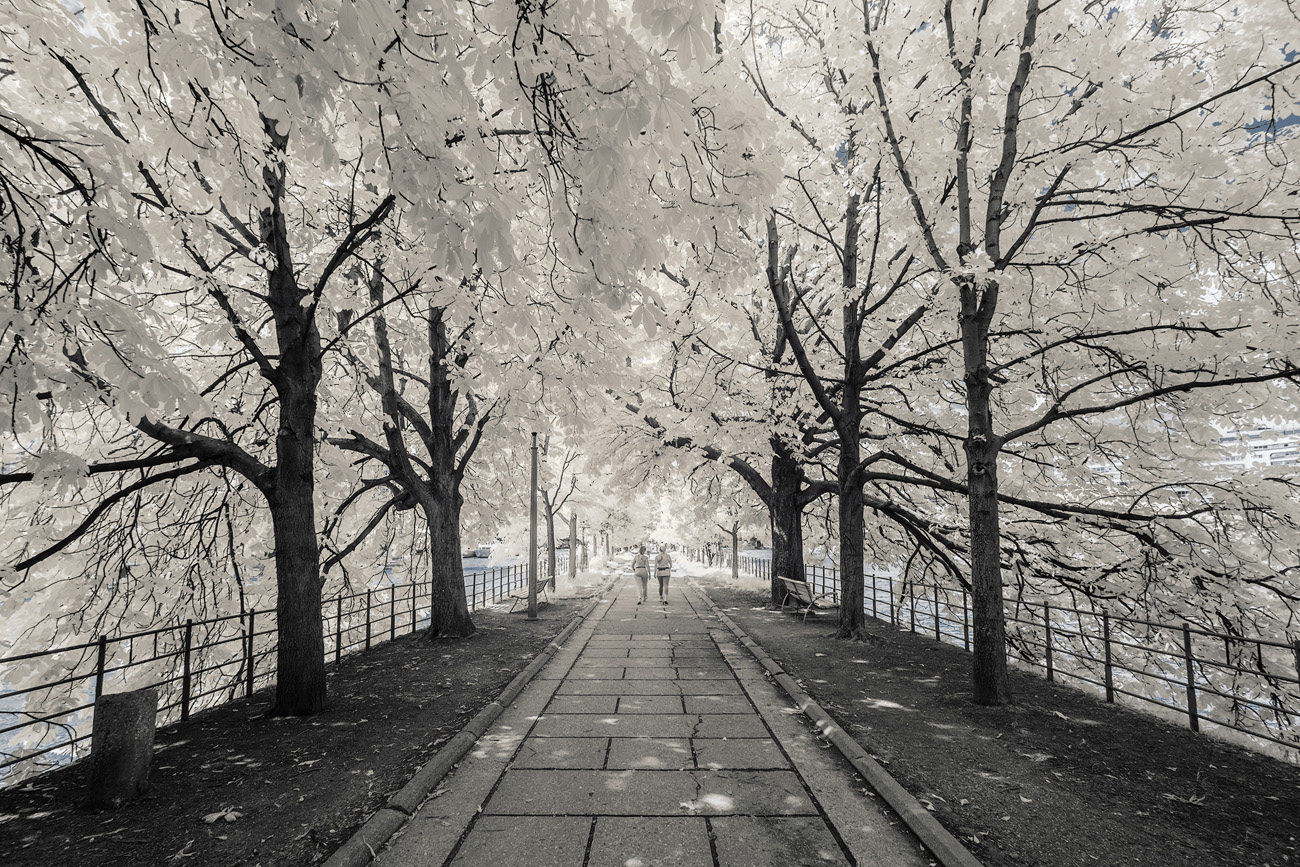
Picture from the infrared “Invisible Paris” series
© Pierre-Louis Ferrer
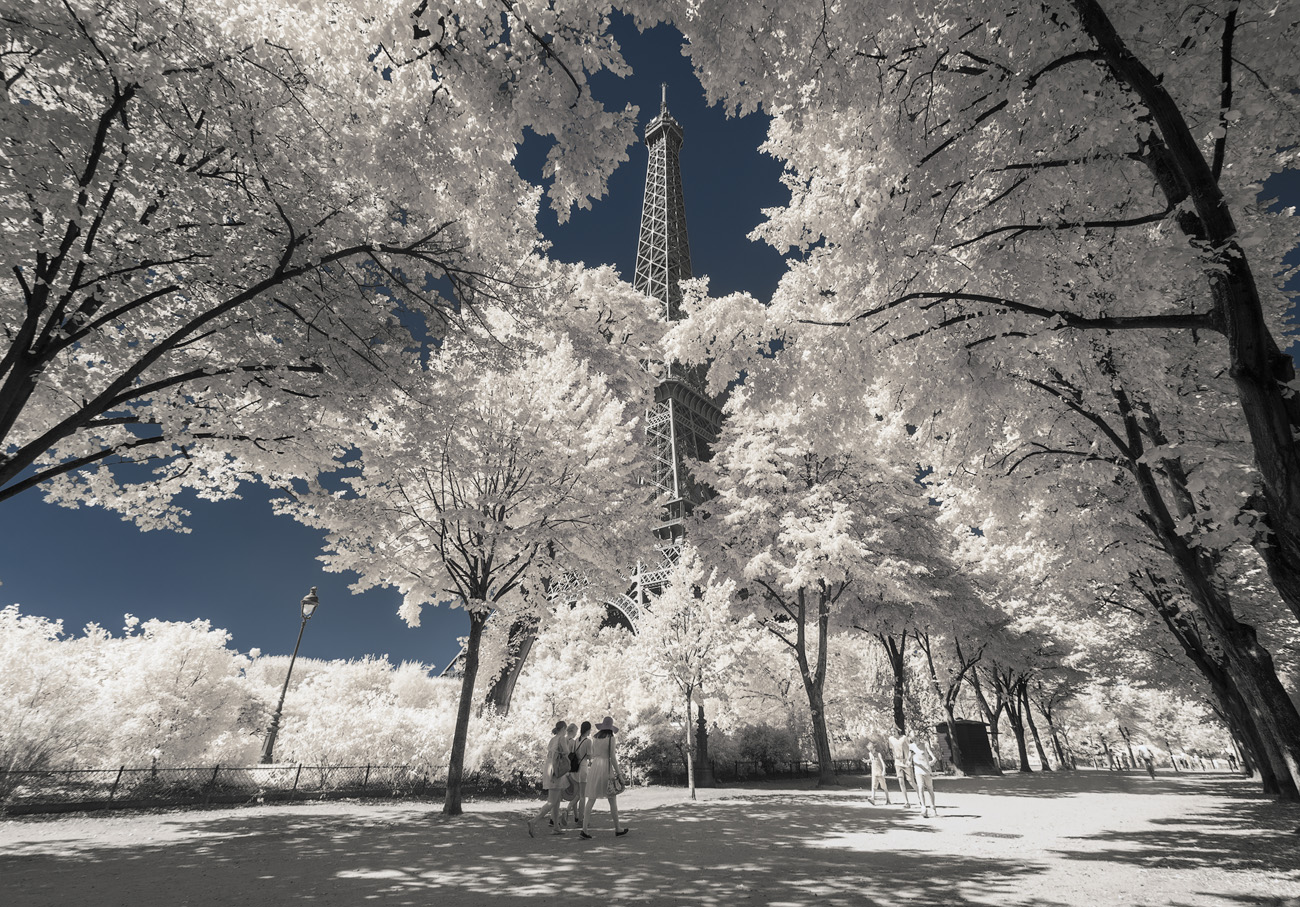
Picture from the infrared “Invisible Paris” series
© Pierre-Louis Ferrer
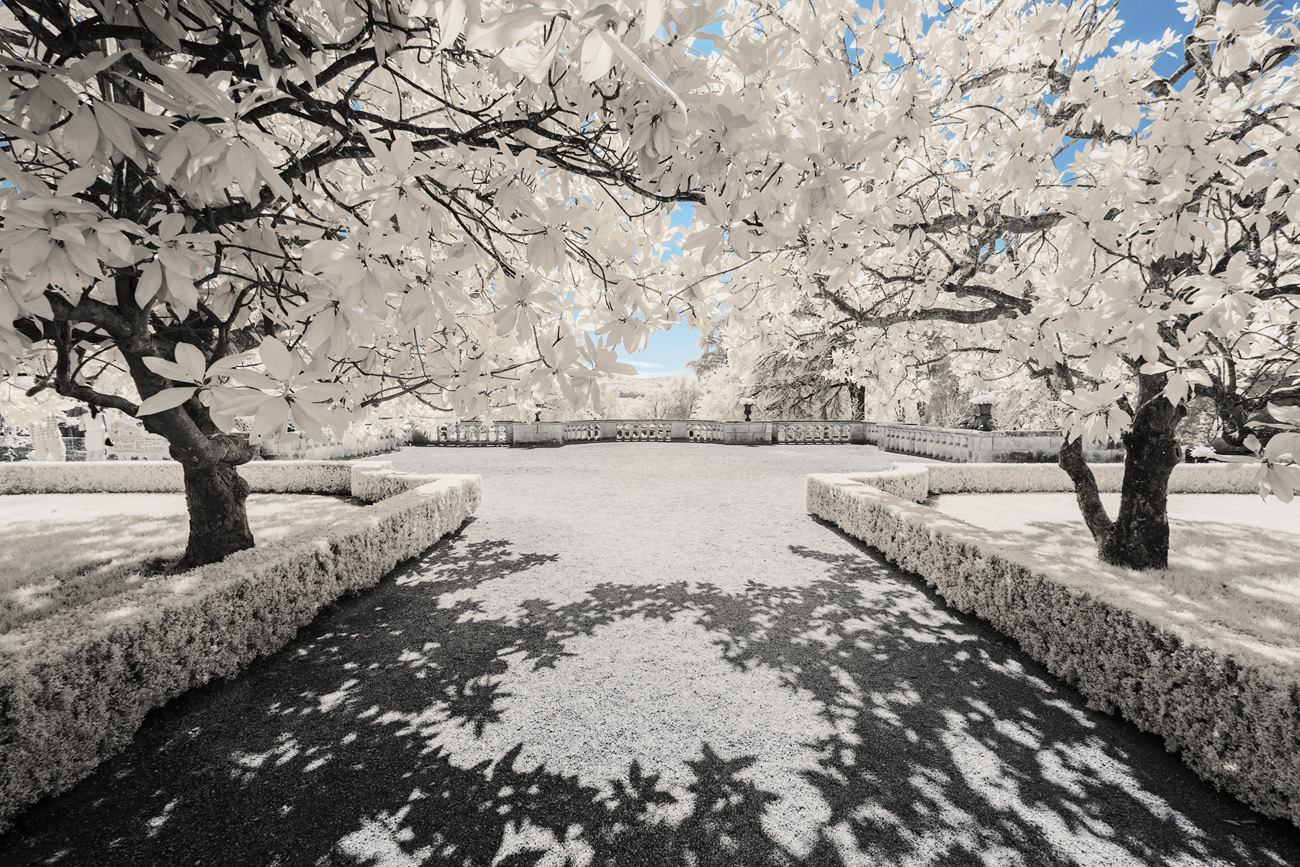
Picture from the infrared “Invisible Paris” series
© Pierre-Louis Ferrer
Can you explain how infrared or ultraviolet photography works, for those of us who don’t have a clue?
To understand what it’s about, you have to return to the base of photography: light, which is actually a spectrum of wavelengths. The naked eye can only catch a part of this spectrum, where each wavelength corresponds to a color tone, going from blue (400 nanometer) to red (700nm). Below 400nm, we find ultraviolet, whereas infrared lies above 700nm. Even though these sides of the spectrum are invisible to the naked eye, photo cameras do in fact have a natural sensibility between approximately 300nm and 1000nm. However, camera manufacturers equip their sensors with a small filter, to block ultraviolet and infrared light. After all, traditional photography is all about finding good white balance with visible light. So, if your goal is to capture invisibility, you’ll first need to remove that filter, to be able to use the sensor’s full sensibility. Then, it’s best to use a specific filter that ónly captures infrared or ultraviolet.
Ferrer would definitely recommend photographers to experiment with infrared and ultraviolet techniques. He sees it as “a fun way to develop a new style in your photography.” It simply requires a little bit of technical training and a little investment in your equipment. But he wouldn’t recommend novice photographers to immediately dive into it – “because it’s always better to first master traditional photography.” However, once you have that under control, how do you decide to shoot a “normal” or a “special” photograph of a scenery or a person?
It really depends on what you want to photograph and what narrative or artistic frame you want to depict. For example, I like infrared specifically for daytime landscape photography. In my portrait photography, it’s always important to ask myself if IR or UV is suitable for the project, or if it will cause nuisance.
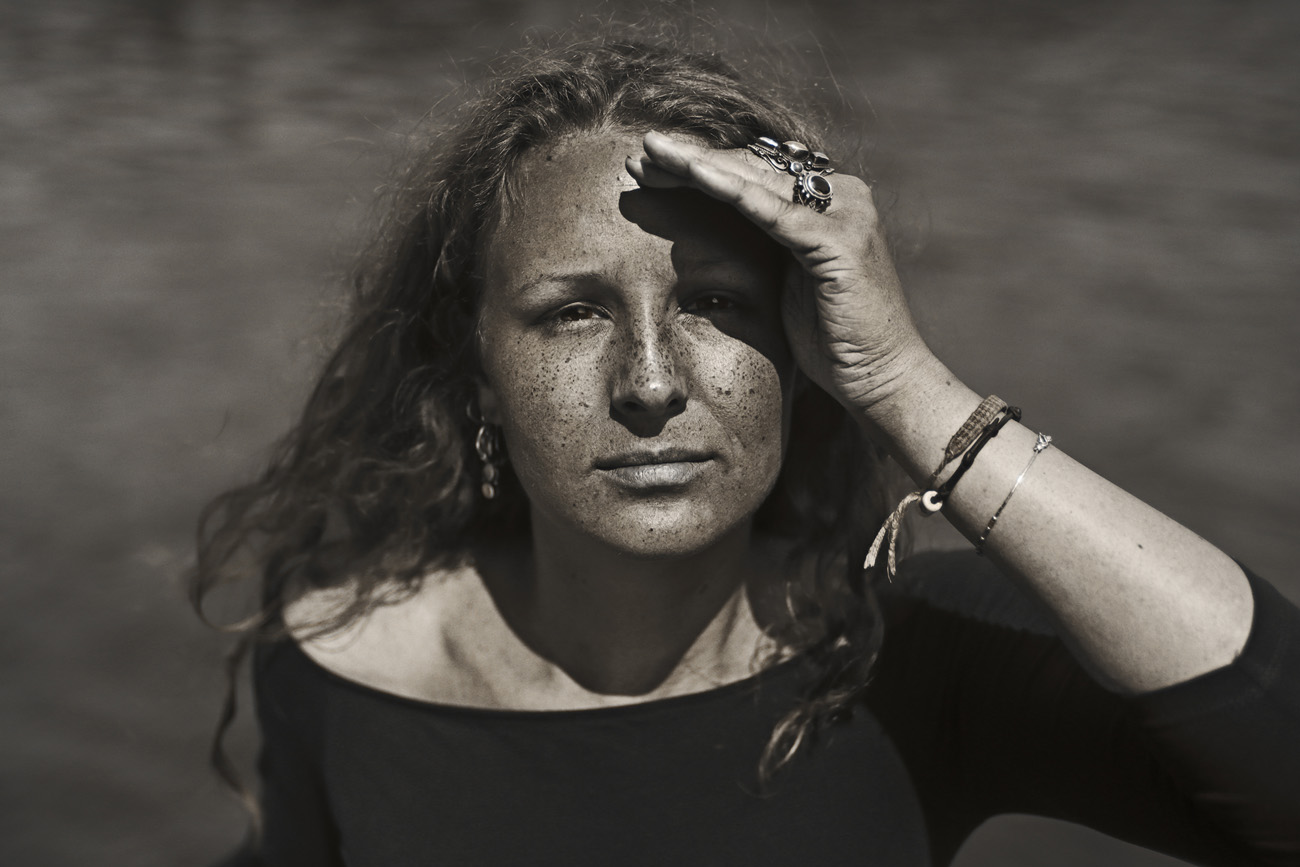
Ultraviolet portrait from the “Hail to the Sun” series
© Pierre-Louis Ferrer
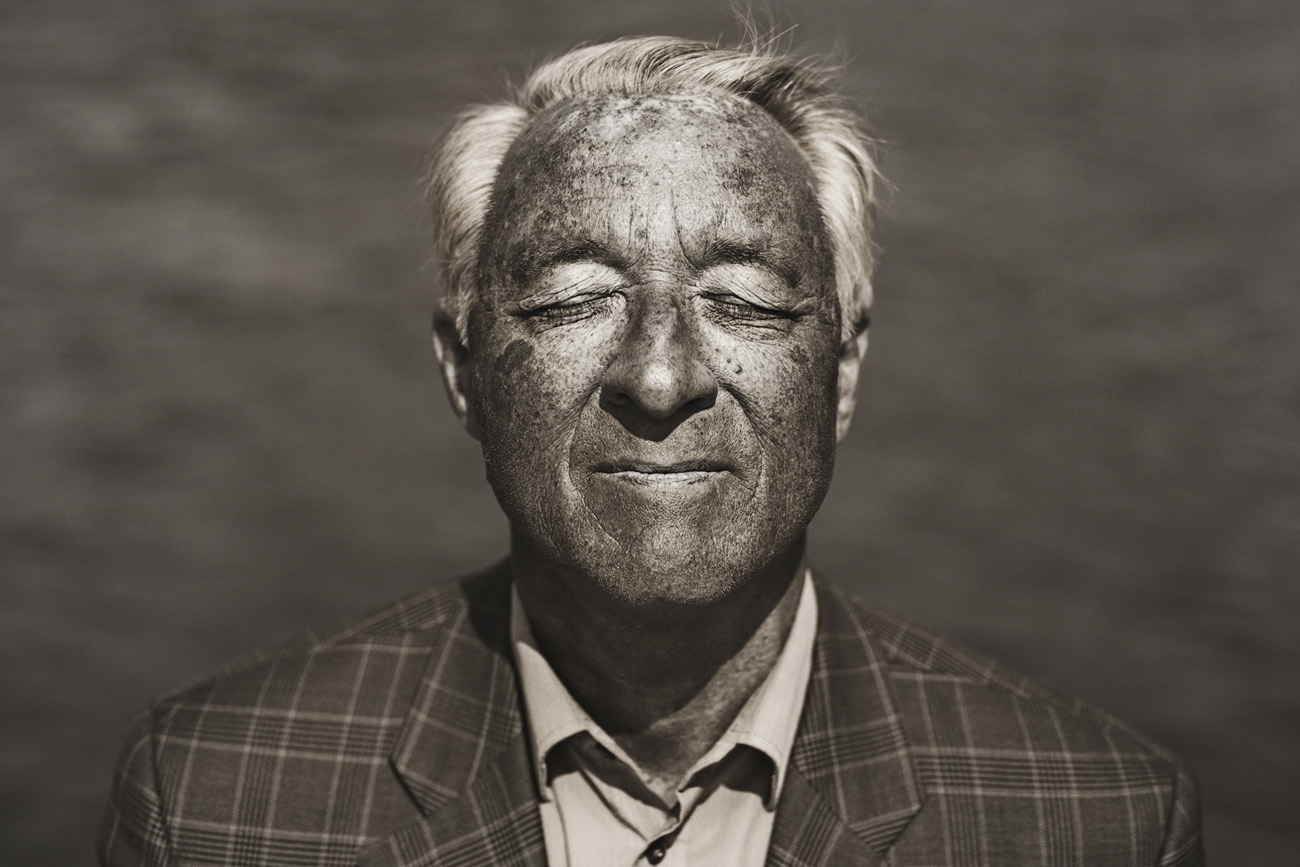
Ultraviolet portrait from the “Hail to the Sun” series
© Pierre-Louis Ferrer
What’s next on your calendar?
I am preparing for some projects that focus on the human body and the use of ultraviolet and infrared. Of course, I will also continue my series “Parisian Dreams” this winter, and I also want to make a series about urban movement. Oh, and I would also like to create something with mirrors.
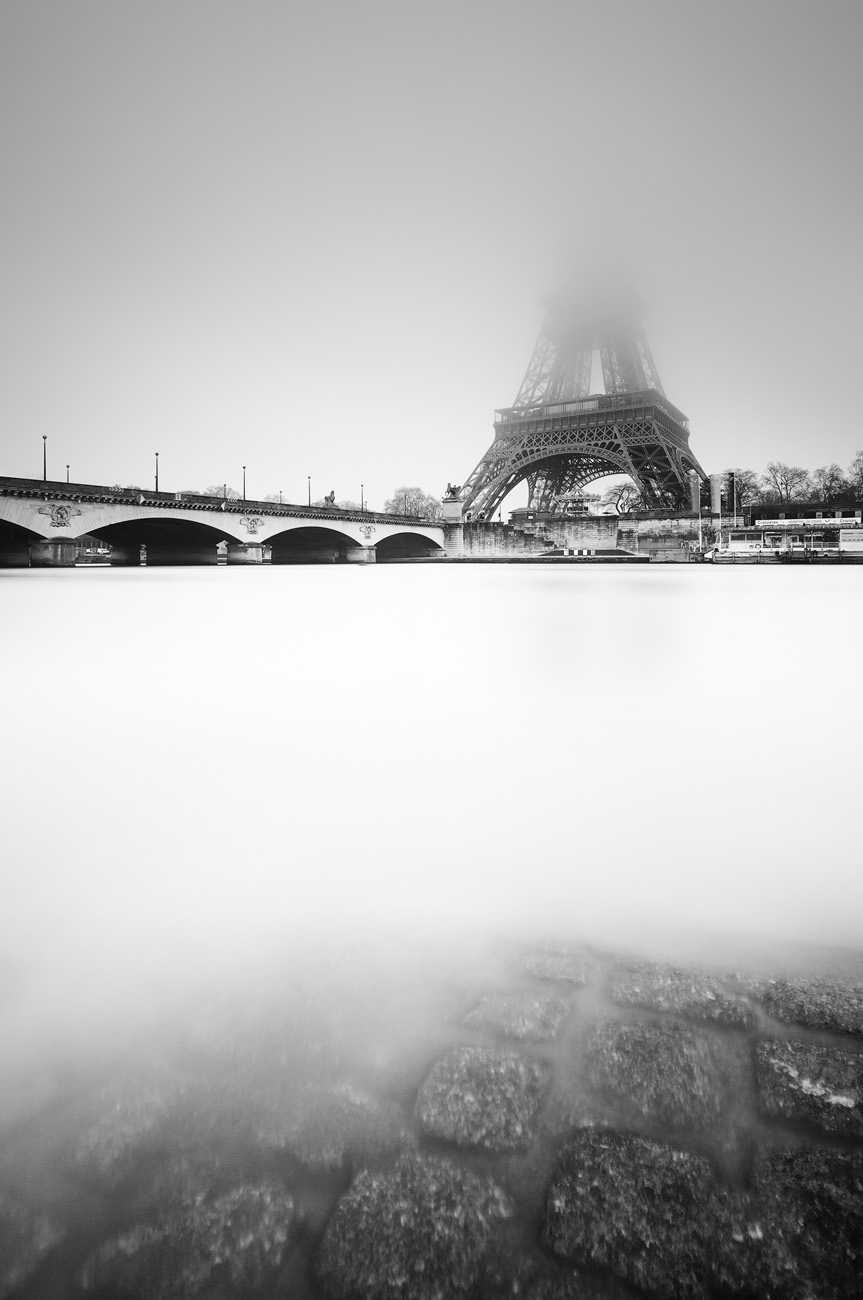
“Foggy Lady” from the “Parisian Dreams” series
© Pierre-Louis Ferrer
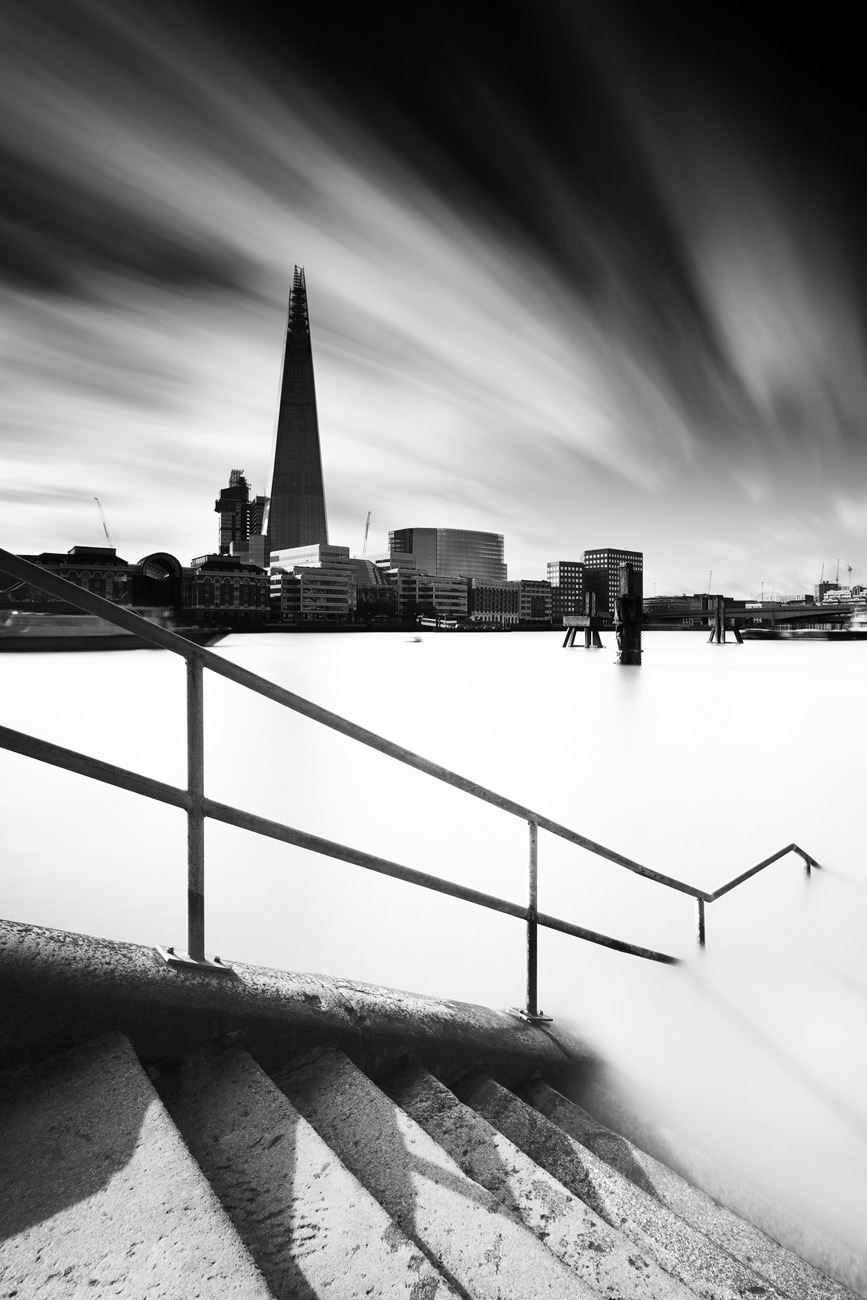
The Shard, from the “London Dreams” series
© Pierre-Louis Ferrer
What do you find or hope to achieve in photography?
Photography allows me to express both my sensibility and my point of view in trying to reveal my environment. I hope that I will be able to continue making interesting projects, and I hope to meet other enthusiasts along the way to pass along my passion.
Will you be going in an even more experimental direction?
Absolutely. What I like the most about photography, is the ability to experiment with it. There’s always room to learn and experiment, so I do not intend to stop here.

“Red & Blue”, France’s national library in Paris
© Pierre-Louis Ferrer
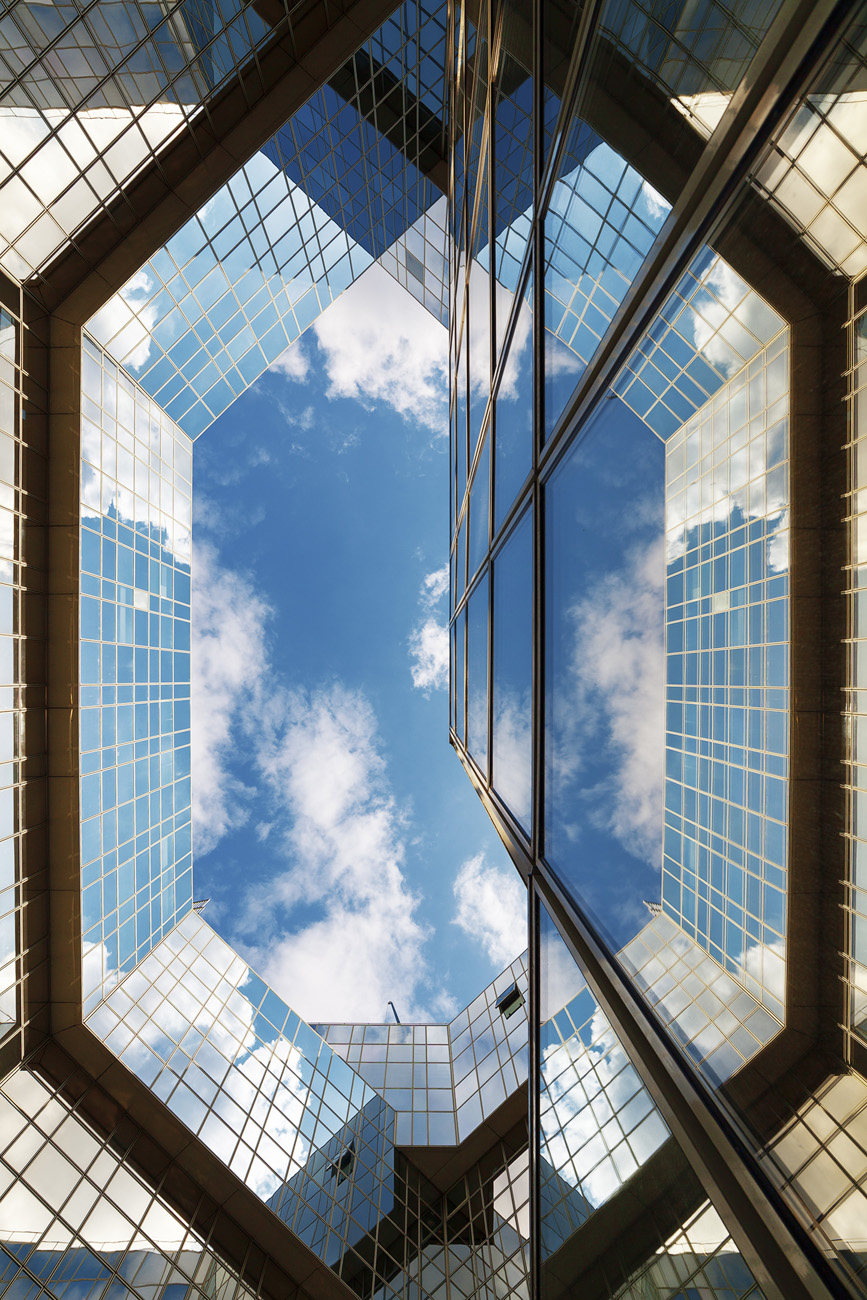
“Diamond in the Sky”, site du Ponant, Paris
© Pierre-Louis Ferrer
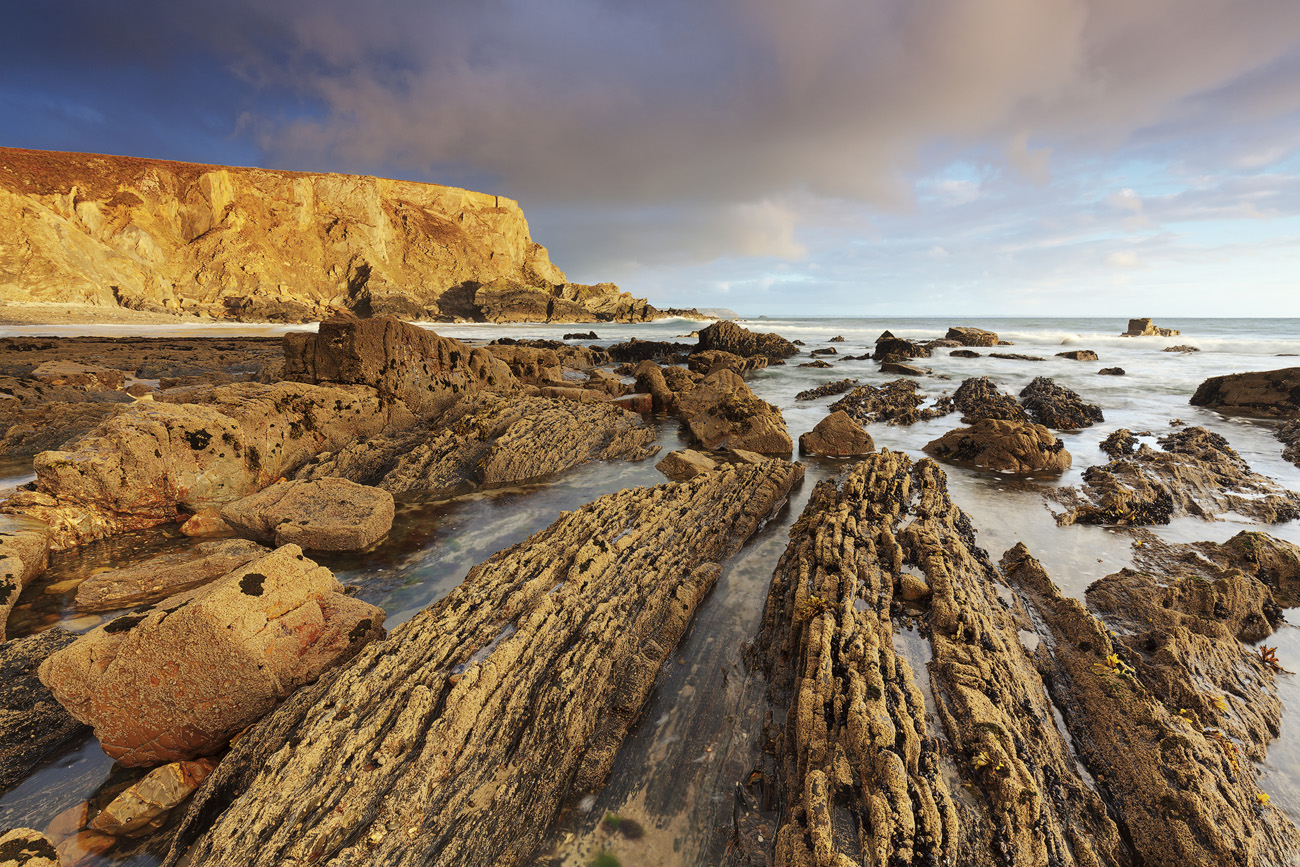
Breton coastline
© Pierre-Louis Ferrer

Breton coastline
© Pierre-Louis Ferrer
More groundbreaking photography of this relatively young talent can be found on its website. And Pierre-Louis Ferrer is of course also on Facebook and on Instagram.
